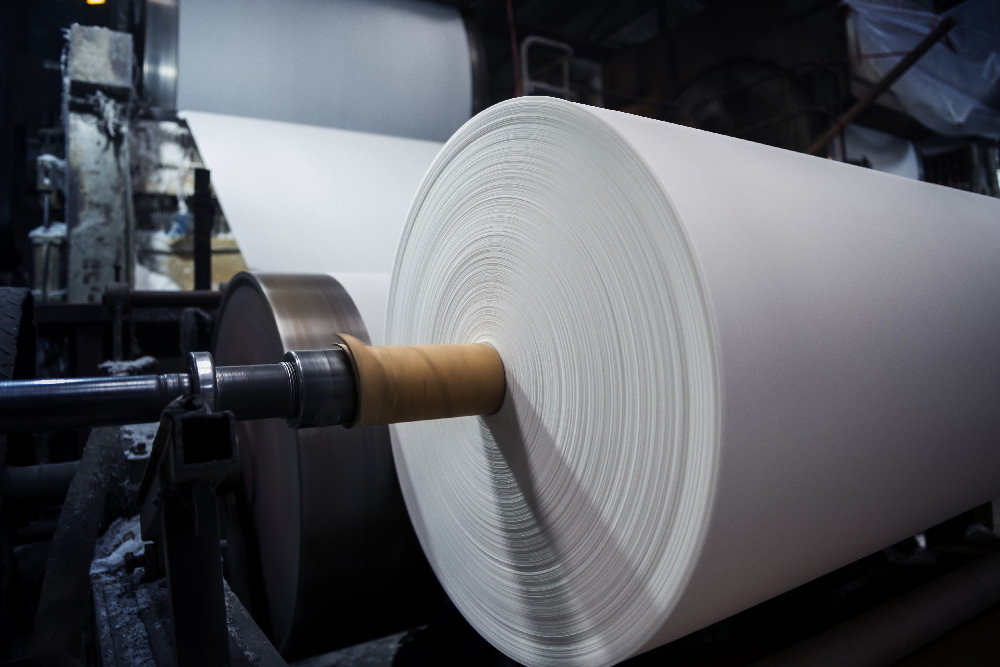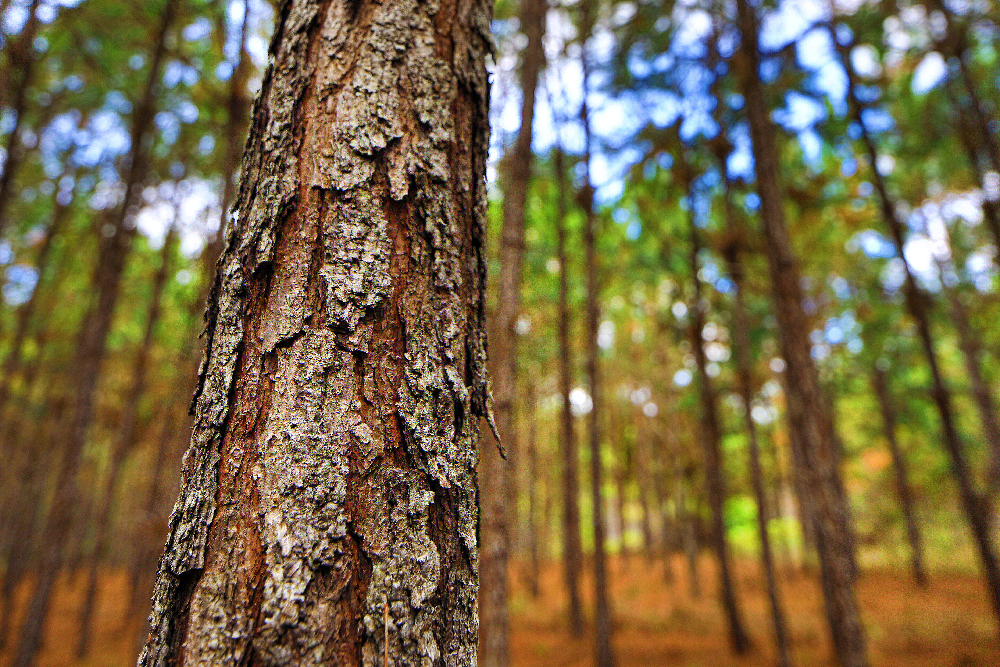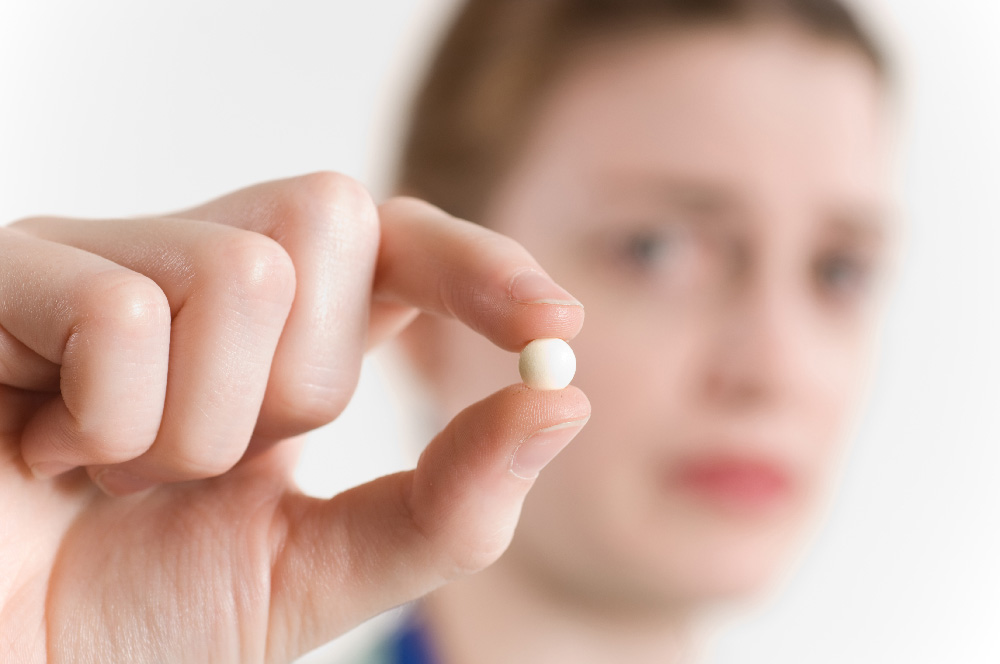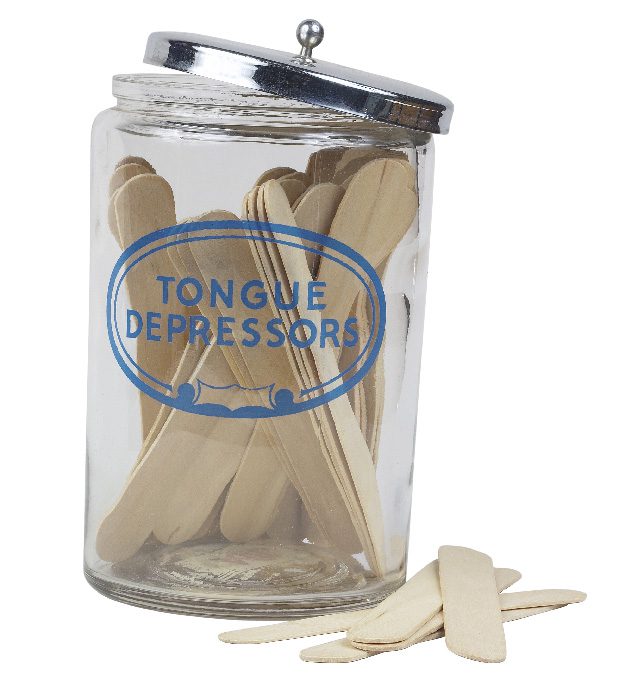Trees are all around us, from obvious uses like lumber and paper, to more surprising uses like touch screens and medicines. In our #ItStartsWithTrees series, we look at the science that explains why thousands of products require trees. Today, we’re looking at products relating to health, hygiene and medicine.
Did you know almost everything you own connects to the forest products industry in one way or another?
While most people recognize that the wood and paper products in their homes are made from trees, the everyday products we use that depend on the forest go way beyond the obvious: touch screens, medicines, bath products, paints, fabrics and even many foods depend on products derived from trees.

“People don’t realize how many everyday products contain some portion of wood or wood fiber,” says John Considine, a Materials Research Engineer with the U.S. Department of Agriculture’s Forest Products Laboratory. “Our forests are one of our greatest natural resources. They’re like oil wells above the ground, but they’re renewable.”

Today we’re looking at the science that explains why trees are essential to so many critical supply chains in health, hygiene and medicine:
Why are trees in medicines?
Chances are, if you’ve ever swallowed a pill, there was an element that originated in a forest.
Manufacturers use cellulose ether, made from wood, to serve several purposes in the making of medicines. It can be used to bind the contents of a pill, to make the hard outside coating of tablets or even to serve as the slow-dissolving shell in slow-release tablets. Cellulose is also used as a thickening agent in liquid medicines. Of course, the processing of this kind of cellulose is done very carefully to keep it clean and pure. That’s why it’s called a “high purity” cellulose.

Why does it work?
1. Maintains strength even in tiny sizes
The same cellulose that builds strong cell walls in trees can be used to make products strong. A natural polymer, cellulose ether has layers of cellulose chains held together by strong hydrogen bonds. That helps it maintain its strength and stability when mixed with other substances. Because of that, it compresses well, which means it holds together, even under pressure. Think how tiny a pill is, and yet you can squeeze it between your fingers without crushing it or changing its shape.

2. Binds well with medicine, ensuring accurate dose
Cellulose is a great binder, meaning particles of it “grab” medicine particles and ensure they’re equally mixed in their container. This quality ensures the right dose of medicine gets into every pill in the manufacturing process.
3. Natural ingredient
Cellulose is the same material we find in plants and vegetables: It’s nontoxic and biodegradable, making it safe for humans to ingest. While the actual medicine component of a pill will be absorbed into your body, the cellulose component is a harmless fiber that will pass through your body.

Many other uses for forest products in the medical world
Beyond the use of cellulose in medications, we need forest products for countless items used in the medical world:
Wood in hand sanitizers, soaps and bath products
The same binding ability that makes cellulose useful in medicine is also important in the making of soaps. First, it can bind with the other ingredients in liquid soaps, shampoos and body washes, making them thicker or even gel-like. Cellulose also gives products the ability to bind with water, which is ideal for moisturizing soaps and lotions. It’s a good “slip agent” because of its ability to bind with skin and hair. That helps products like deodorants and creams stay on the skin of the person using them rather than slipping away as soon as they are applied.

Wood in Toothpaste
A form of cellulose known as cellulose gum, or Sodium Carboxymethyl Cellulose (CMC), plays several roles in toothpaste: thanks to its binding abilities, it acts as a thickener, attaching to the other ingredients in toothpaste and making it smooth and creamy. This quality also keeps ingredients from separating and helps extend the toothpaste’s shelf life. CMC also gives toothpaste its strength so it keeps its shape, even on your toothbrush. Incidentally, toothbrushes are often made of a hard, “plastic-like” material that’s made with the help of cellulose, which strengthens the material.

Wood in Swabs and Tongue Depressors
Wood is used in the manufacture of tongue depressors. It’s strong and rigid, so it can stand up to the moist conditions of our mouths. It’s also affordable, hypoallergenic and biodegradable: the ideal conditions for a one-time use medical item. For the same reasons, wood pulp fibers are often used to make the “handle” on cotton swabs.

Wood in Diapers and Feminine Hygiene Products
Wood can be broken down into a strong, absorbent material called “fluff pulp.” Softwoods like slash pines have strong, thick-walled fibers that are tightly compacted together. That makes them more absorbent, which is why they are preferred in fluff pulp manufacturing. This same type of pulp is used to make all kinds of absorbent pads, from those used in hospitals to the pads placed under meats in the grocery store.

Wood in Disposable Masks and Gowns
While many gowns and masks are made from polyester, there are forest products in some personal protective equipment, also known as PPE. This article explains how one producer, Harmac, has a specially-designed “recipe” for western red cedar pulp that is used for gowns, masks, caps and other medical PPE.
Why don’t we run out of trees?
Are you shocked at the number of products that come from wood? Keep in mind we’ve barely scratched the surface. Wood is also in many foods, high performance tires, air filters, and of course countless forms of lumber and paper products. There are several thousand more examples, and the list continues to grow as researchers uncover more uses.
With so many uses for trees, how do we keep up? Forests are a renewable resource. Sustainable forestry companies like Rayonier plant more trees than we harvest and ensure we have a diverse array of ages of trees across our ownership. That ensures our company will have a “sustainable yield” in perpetuity, which means we could continue to cut the same amount of trees every year and never run out.

To Considine, we shouldn’t be asking how we can use trees less, but rather how we can use them even more.
“Our forests make our country very wealthy and give us a tremendous advantage. Just look at the countries that don’t have trees and see what that does to their economies,” he says.
“Wood is the densest cellulose resource in the world. All other sources would require a tremendous expense in transport costs. But wood is something we can use economically in so many different ways, and we have a lot of it.”
Further Reading
Want to learn even more about how forest products are used? Here are some other articles:
- “It Comes from Trees” by the North American Forest Foundation
- “Trees… They’re in Everything” by North Carolina State University
- “Cellulose” by the Polymer Science Learning Center





Join the Conversation
I enjoy your Facebook post – I’m retired research forester. Don’t miss the work – but miss the field
Thanks Linda! Oh yes, there is something special about being out among the trees. Hope you are enjoying retired life!
Great article to read…..